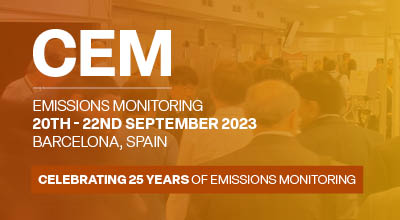

At the recent AQE Air Quality and Emissions event, Professor Alistair Lewis of the University of York gave a presentation on the relationship between strategies to address climate change and global air quality. Throughout 2021, many breathed sighs of relief as the delivery of decarbonisation commitments truly begun to gather pace in high-income countries. Among them, surprisingly, were those in the environmental monitoring community.
The transition towards low carbon or even net-zero economies will have profound effects on air pollution – and therefore, public health more broadly. It is predicted that many aspects of decarbonisation could lead to beneficial reductions in the emission of primary air pollutants emissions. But the extent of the effects, and their attendant benefits, are critically dependent upon which technological and policy pathway, many of which are still in a state of flux, is pursued.
Recent investigations into the potential future impacts of net-zero policies on air pollution provide examples of how co-benefits might be enhanced and harmful trade-offs avoided through careful design. For instance, such co-benefits might be affected by how and when individual aspects of a net-zero scheme are delivered. These differences may disrupt the distribution of resultant harms which could, in some cases, reduce inequalities in exposure but if you are not lucky, you will end up significantly exacerbating them. Then, the movement towards net-zero emissions does not offer a simple path to better air quality and surmounting the many challenges of reducing emissions in agriculture, domestic activities and industry will rely on the development of interventions beyond mere decarbonisation strategies.